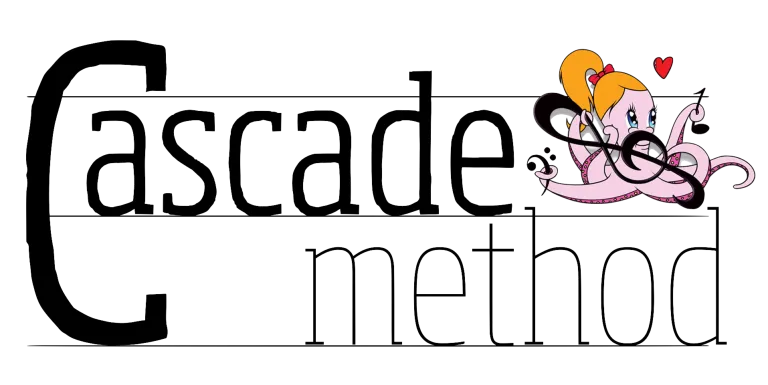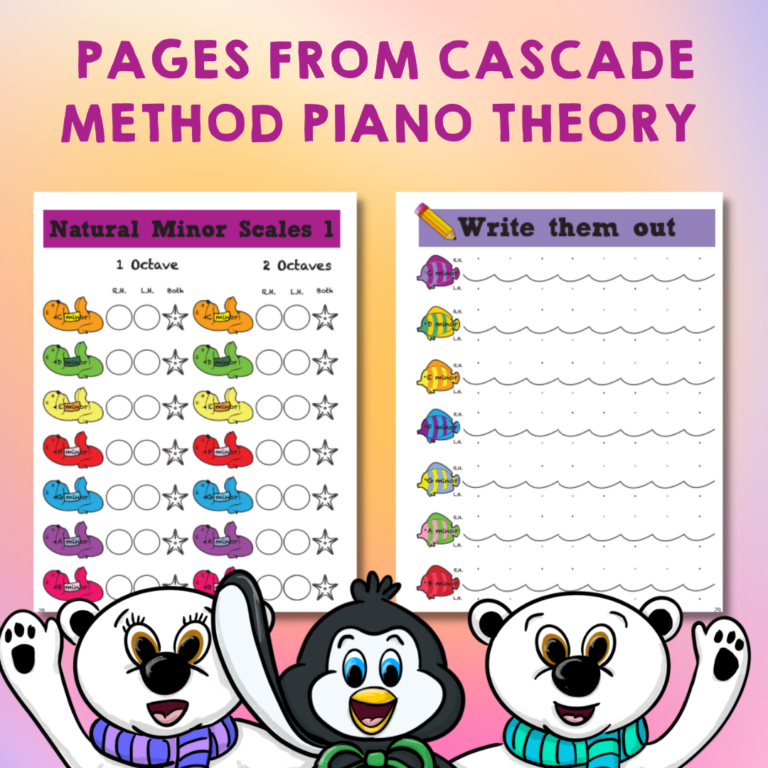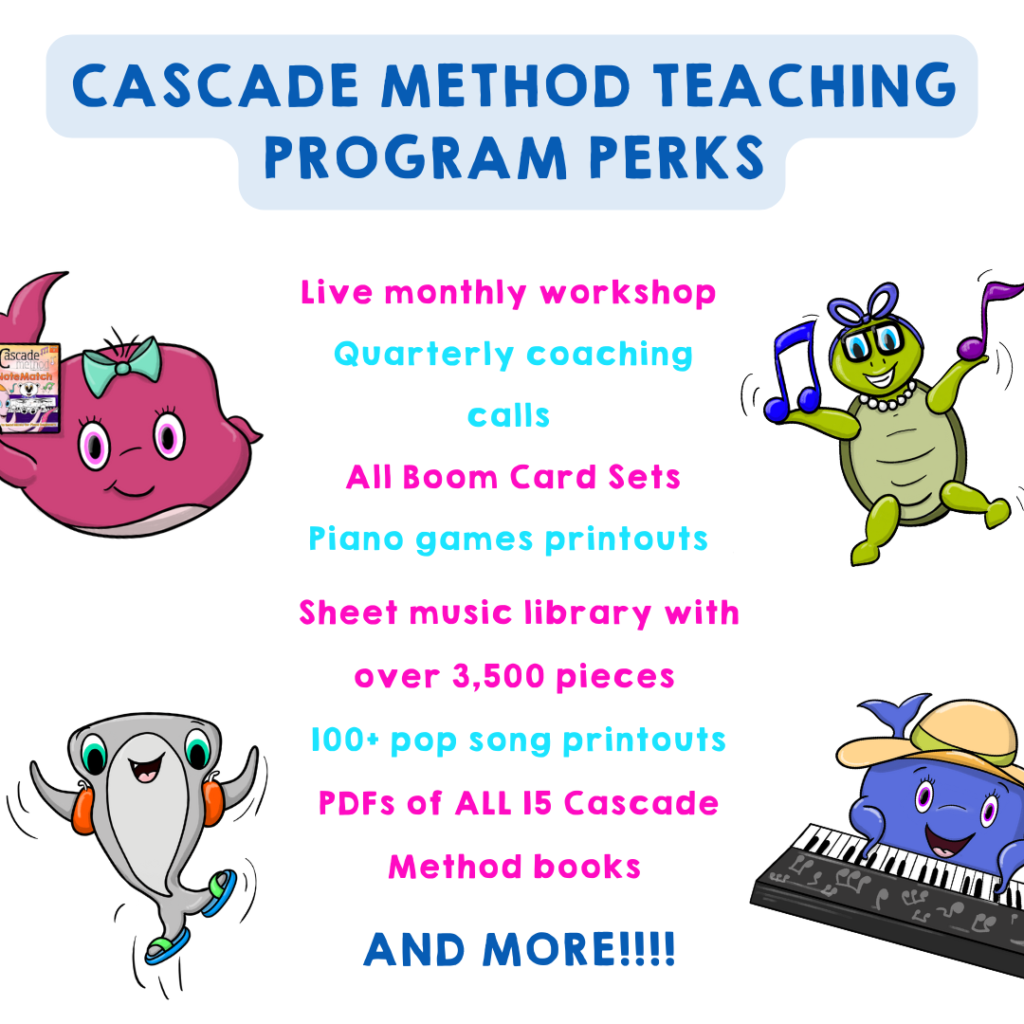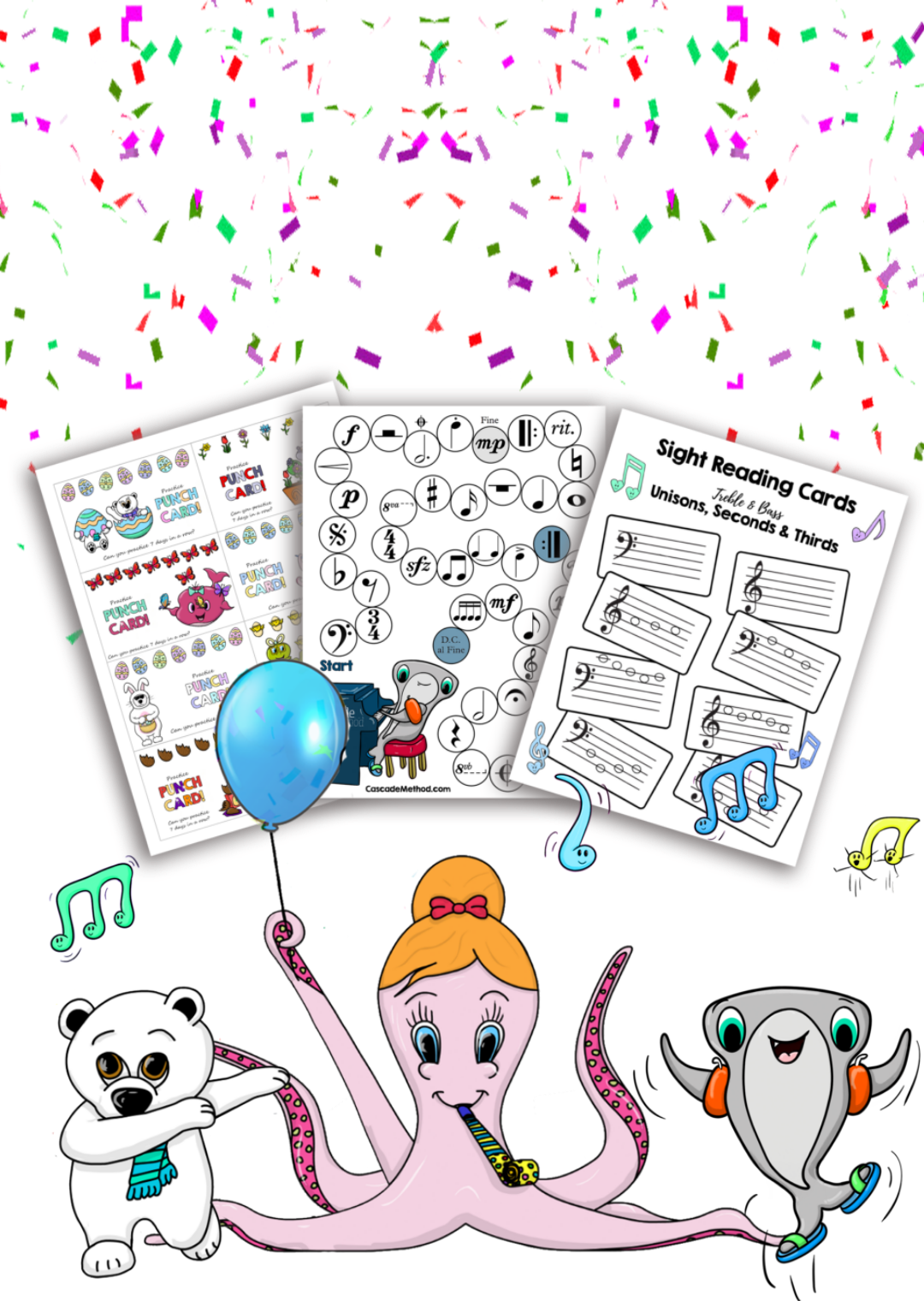
How to Compose a Piano Piece
Who says writing music has to be scary? Definitely not me! 
But good news 
How to Compose a Piece Workshop Replay
And for those looking for the CliffNotes version ⬇️😉
In the workshop replay, I focus on composing in D minor (but any scale works!)
When it comes to writing music, there are two specific pages from my Cascade Method Piano Theory book that I like to concentrate on – scales and chord progressions.


Tips for Piano Composition:









Teachers, if you liked this workshop replay, there’s more where that came from 






